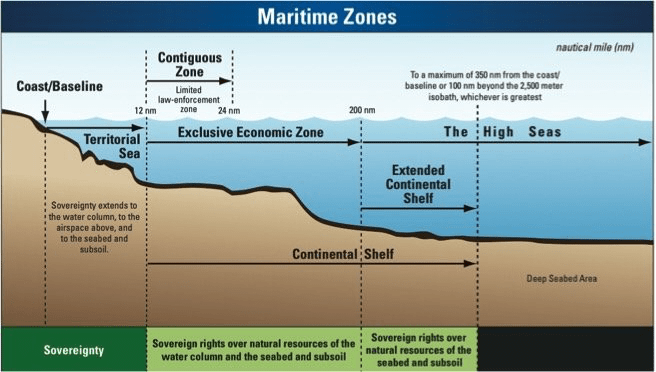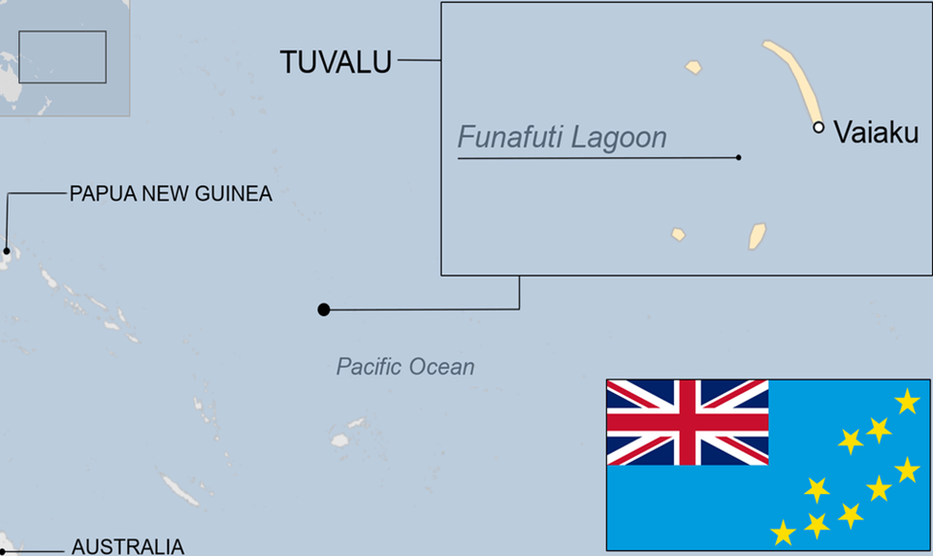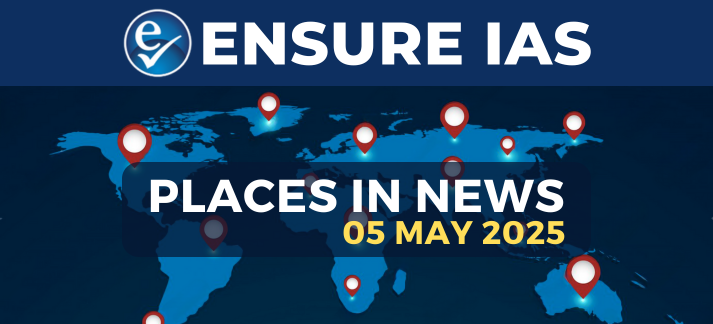- Courses
- GS Full Course 1 Year
- GS Full Course 2 Year
- GS Full Course 3 Year
- GS Full Course Till Selection
- Online Program
- GS Recorded Course
- NCERT (Recorded 500+ Hours)
- Polity Recorded Course
- Geography Recorded Course
- Economy Recorded Course
- AMAC Recorded Course
- Modern India, Post Independence & World History
- Environment Recoded Course
- Governance Recoded Course
- Science & Tech. Recoded Course
- International Relations and Internal Security Recorded Course
- Disaster Management Module Course
- Ethics Recoded Course
- Essay Recoded Course
- Current Affairs Recoded Course
- CSAT
- 5 LAYERED ARJUNA Mentorship
- Public Administration Optional
- ABOUT US
- OUR TOPPERS
- TEST SERIES
- FREE STUDY MATERIAL
- VIDEOS
- CONTACT US
Tuvalu's Fight Against Rising Sea Levels
Tuvalu's Fight Against Rising Sea Levels
02-11-2024
In recent times, Tuvalu, a Pacific island nation with 11,000 residents, faces severe existential threats from rising sea levels.
- NASA projects that by 2050, half of its main atoll, Funafuti, will be submerged by daily tides.
- Tuvalu seeks UN-backed recognition of its maritime boundaries and statehood, even if submerged, amid concerns over illegal fishing and revenue loss.
What is Tuvalu doing for this crisis?
- Tuvalu has entered into a landmark climate and security treaty with Australia in 2023 which allows 280 Tuvaluans to move to Australia annually.
- Tuvalu is building seawalls and expanding artificial land to delay the impacts until 2100.
- Building of 7 hectares artificial land which can stay above tides.

Tuvalu and UNCLOS
- Under the UNCLOS, the extent of maritime zone is decided by features of permanently dry land.
- Baseline for a maritime zone may be established by reference to the low-water line of a feature that is above water at all times. However, due to the rising sea level and possible submergence, island nations like Tuvalu risk losing or diminishing their Exclusive Economic Zones.
- Thus, Tuvalu has called for amending the UNCLOS which allows countries like it to permanently retain control of its vast maritime zone with large blue economy like fishing rights and mining of seabed minerals.
- According to current international law, dry land is also essential for recognition of sovereignty. Tuvalu has been campaigning to its maritime boundaries and statehood recognised for permanent.
Tuvalu
- It lies in the west-central Pacific, halfway between Hawaii and Australia.
- Its capital is Funafuti, and neighbours include Kiribati and Nauru to the north and Fiji as its nearest neighbour to the south.
- It consists of 3 main islands (Nanumanga, Niutao, and Niulakita) and features 6 coral atolls (like Funafuti, Nanumea, Nui) along with over 100 small islets.





